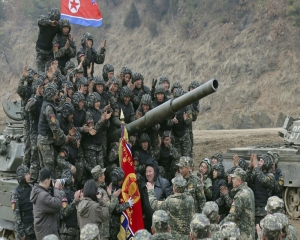A periodical upward revision of the deposit insurance coverage limit, currently at Rs 5, lakh, may be warranted considering multiple factors like growth in the value of deposits, inflation, and increase in income level, RBI Deputy Governor M Rajeshwar Rao has said.
Delivering the valedictory address at IADI Asia-Pacific Regional Committee International Conference 2024 hosted by Deposit Insurance and Credit Guarantee Corporation (DICGC) here last week, the Deputy Governor said it is important to ensure adequacy of insurance coverage for customer deposits.
In India, he said, the number of fully protected accounts constitute 97.8 per cent as on March 31, 2024 of the total number of accounts in the banking system as against the international benchmark of 80 per cent.
While the scope and coverage appear satisfactory at this juncture, there are likely challenges going forward, Rao said.
“Today we count India to be amongst the fastest growing large global economies and this healthy growth rate is expected to continue in the near future. A growing and formalizing economy can naturally be expected to see a sharp increase in both primary and secondary bank deposits, driving a wedge between the desirable insurance reserve requirement and the available reserve,” the senior RBI official said in his address on August 14.
At present, limited coverage option is adopted in India with uniform deposit insurance coverage limited to an amount of Rs 5 lakh per depositor of each insured bank.
“Considering multiple factors like growth in the value of bank deposits, economic growth rate, inflation, increase in income levels etc., a periodical upward revision of this limit may be warranted. This means that the deposit insurer has to be mindful of the additional funding and needs to work out suitable options to meet the same,” Rao said.
On funding and risk based premium (RBP), he said, given the diversity in Indian banking sector, ranging from scheduled commercial banks with global operations to co-operative banks operating as a single branch model with limited computerised operations, meeting the data requirements poses a great challenge.

























